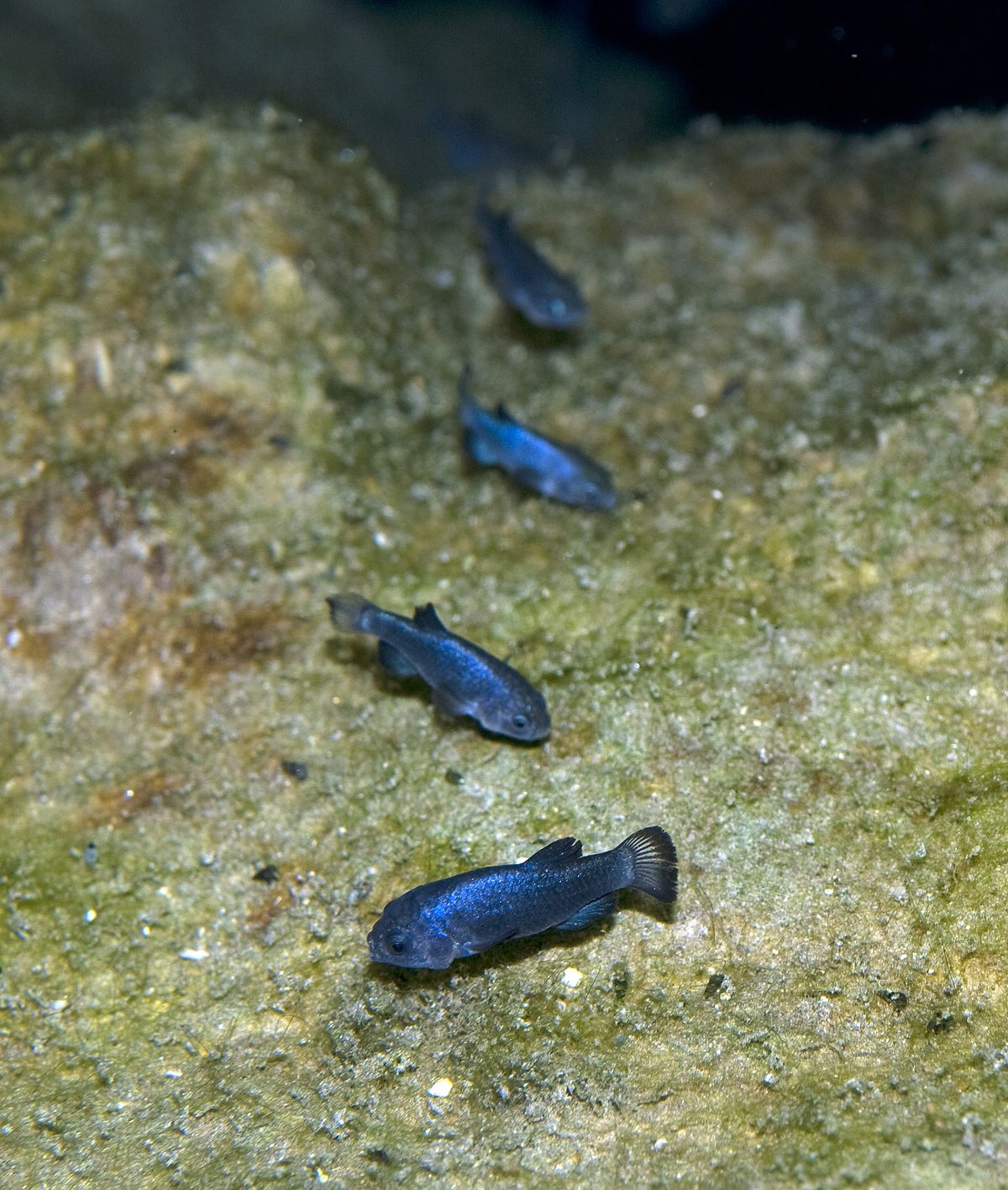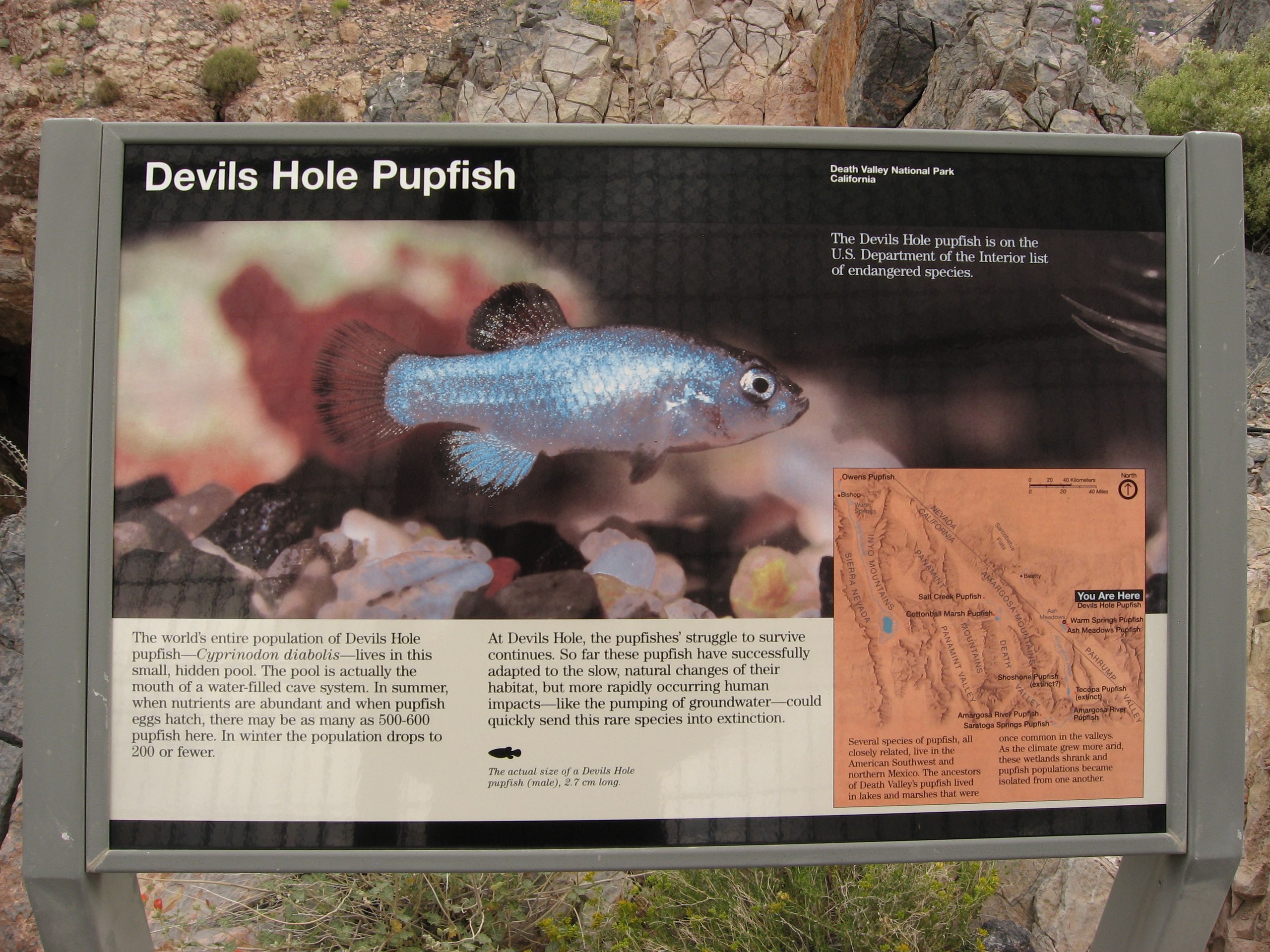For decades, the fate of the tiny, endangered Devil’s Hole pupfish hung in the balance as its population dwindled to just a few dozen individuals since the late 1990s. However, recent population spikes have provided a glimmer of hope for scientists and conservationists alike.

Devil’s Hole Pupfish Count Increases this Spring
National Park Service biologists reported a significant breakthrough, with nearly 200 Devil’s Hole pupfish spotted during the spring count. This remarkable observation marks the highest number seen in Death Valley National Park in 25 years, signaling a positive trend for the species’ survival. Senior Fish Biologist for the US Fish and Wildlife Service, Michael Schwemm, expressed enthusiasm about the increasing trend, emphasizing its implications for future research and conservation efforts. The upsurge in pupfish numbers opens doors for previously unfeasible studies, paving the way for more effective management strategies.
Monitoring and Protecting the Pupfish Habitat
Since March 1999, when biologists recorded between 200 to 250 pupfish, the population has experienced fluctuations, with counts dropping to around 90 individuals in subsequent years. The lowest total was recorded in 2013, with only 35 fish observed. The monitoring of Devil’s Hole pupfish is a collaborative effort involving the U.S. Fish and Wildlife Service, Nevada Department of Wildlife, and National Park Service staff.
Moving forward, the park service plans to conduct another fish count in the fall, continuing their efforts to track the population dynamics of the Devil’s Hole pupfish. These periodic assessments are crucial for understanding trends, identifying potential threats, and implementing targeted conservation measures to safeguard the species’ habitat and well-being.
What Kind of Creature is Devil’s Hope Pupfish?
The silvery blue Devils Hole pupfish, scientifically known as the Cyprinodon diabolis, are small creatures measuring approximately 0.9 inches in length. Their unique habitat is nestled within a deep limestone cave in Nevada, known as Devils Hole. This natural wonder serves as the primary residence for the pupfish, offering shelter and sustenance essential for their survival. Feeding primarily on algae, the Devil’s Hole pupfish play a vital role in the ecosystem of their subterranean environment. Despite their diminutive size, these resilient fish have captured the attention of scientists and conservationists worldwide due to their remarkable adaptation to their specialized habitat.

Named after their primary abode, Devil’s Hole, the pupfish inhabit a remote, water-filled cave situated near the Ash Meadows National Wildlife Refuge in Nye County, Nevada. This unique ecosystem presents both challenges and opportunities for conservationists striving to preserve the delicate balance of life within Devil’s Hole.
As the Devil’s Hole pupfish population experiences a resurgence, fueled by concerted conservation efforts and favorable environmental conditions, there is renewed optimism for the long-term survival of this iconic species. Through continued monitoring, research, and habitat protection, stakeholders remain committed to ensuring the preservation of the Devil’s Hole pupfish for generations to come.
